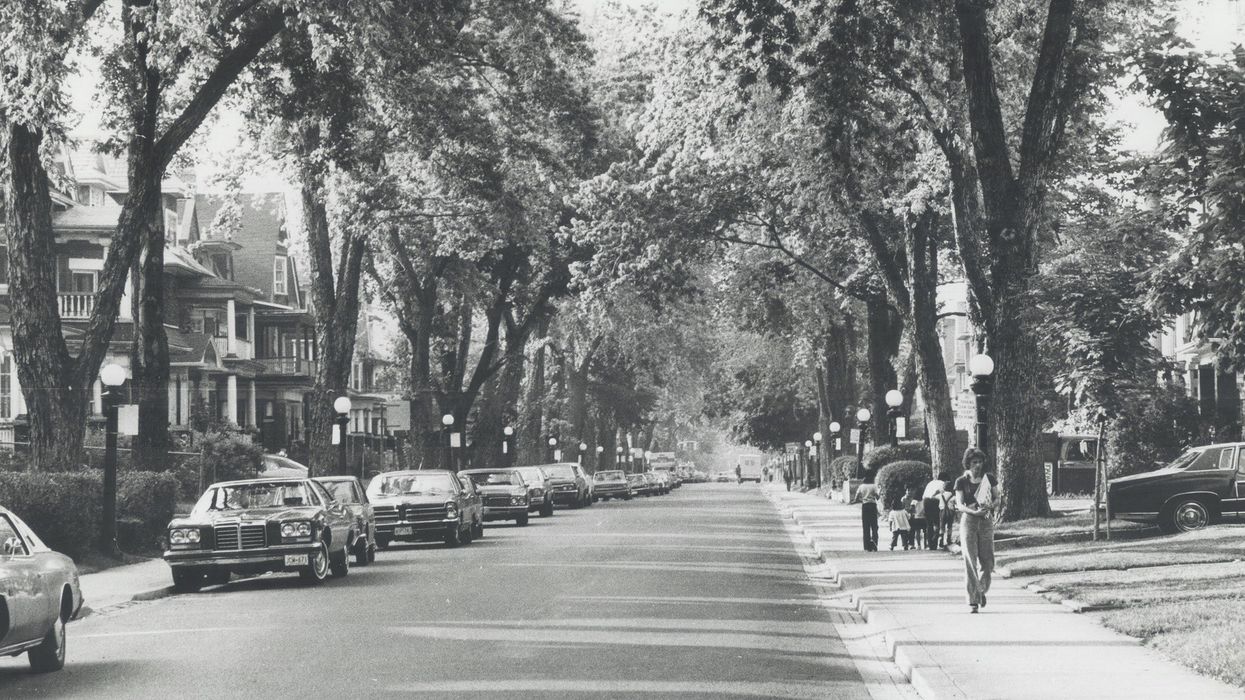Situated on historic Palmerston Boulevard in downtown Toronto is a luxurious heritage home that housed the beginnings of a family dynasty, whose name would become associated with Canada’s largest supermarket chain (Loblaws), luxury department stores (Holt Renfrew, Brown Thomas) and with medical and art initiatives.
At 469 Palmerston Boulevard is the former residence of baker, businessman, and politician George Weston, whose bakery would start a family legacy. Sitting on a boulevard lined with trees and cast-iron globe-topped lampposts, and sandwiched between two stone gates, the house is one of many detached mansion-like structures whose grandeur attracted Toronto’s wealthiest, including professors, doctors, and former Toronto Mayors Horatio Hocken and Samuel McBride.
Named after Lord Henry Jon Temple Palmerston, a former British Prime Minister, the boulevard interrupts Palmerston Avenue to the north and south for a kilometre. The stretch was undeveloped until 1903 when the first structures started being built. The boulevard as we know it was completed by 1910.
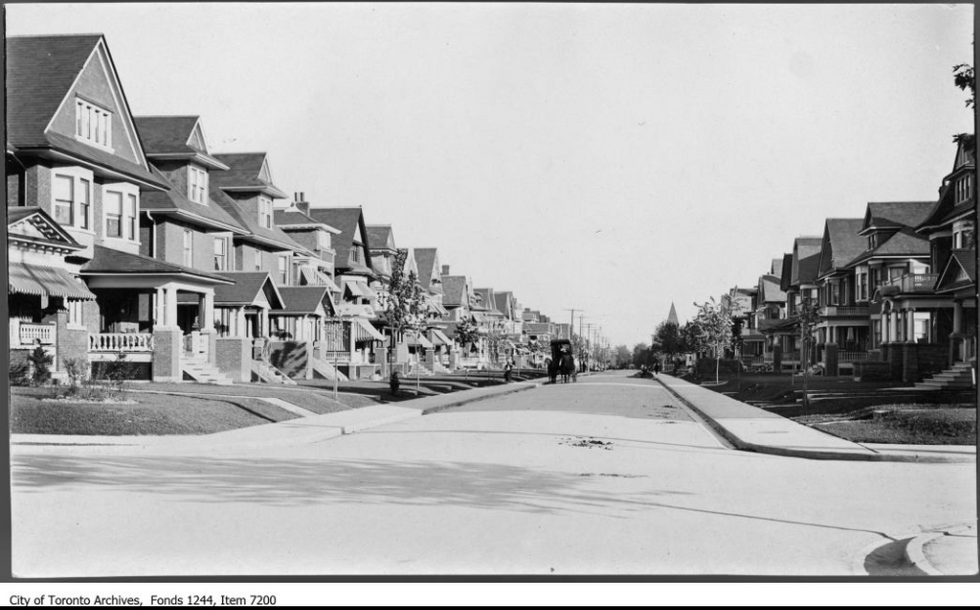
George Weston’s home was built in 1906 by architect David Albert Roberts and has been described as the “most impressive” home on the boulevard. In Edwardian style, the house is broad, simple and symmetrical with two storeys of bay windows, stone window sills, columns, balusters on the balcony, a statement front door and a sizeable front yard, which was likely manicured to welcome guests as they made their way to the grand porch. It even had a coach house in the back – a feature others on the boulevard had as well.
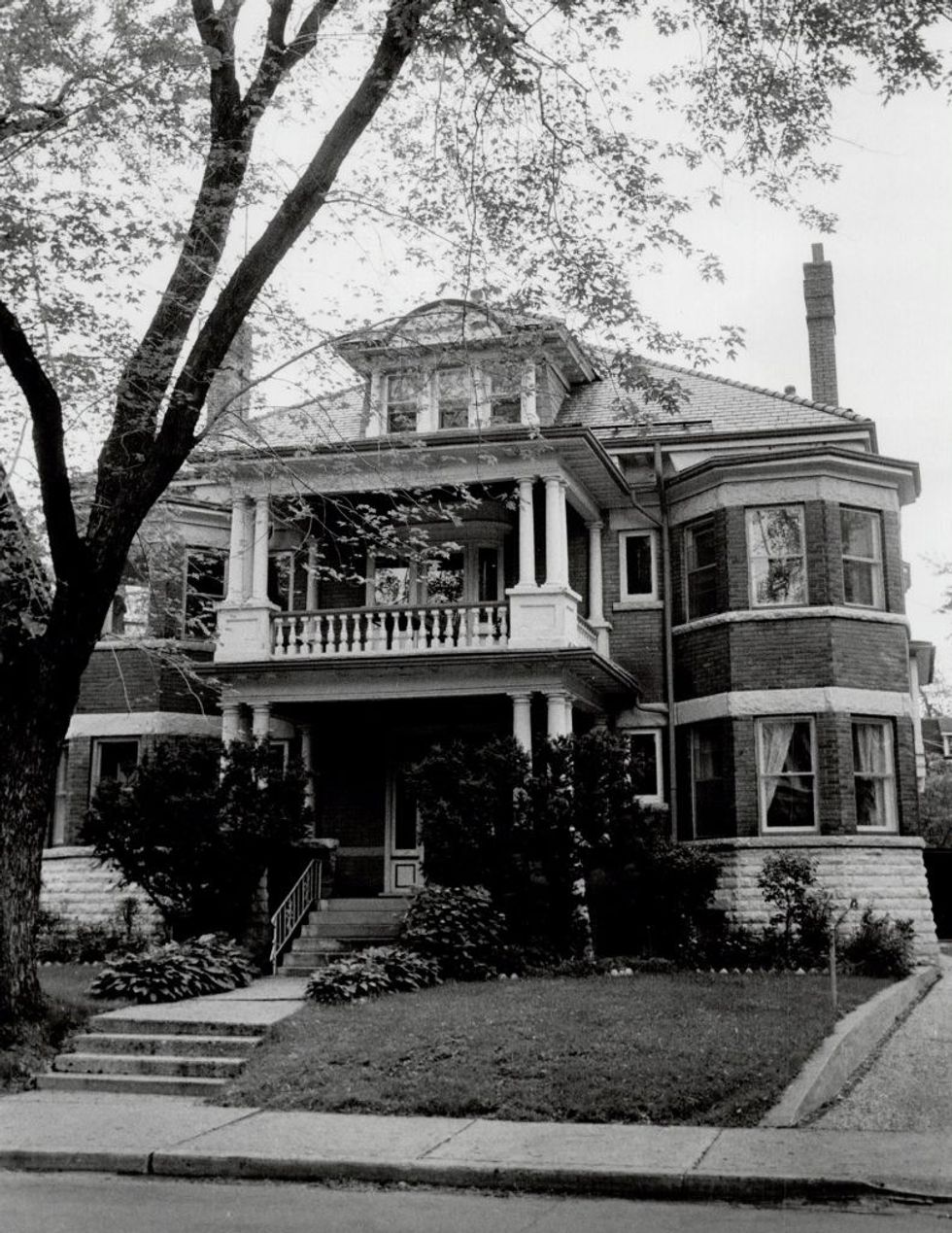
Building a Dynasty
Born in Oswego, New York, Weston was the youngest of seven. His family moved to Canada as his father was in search of better work prospects. At age 12, he got his first job with baker Charles J. Frogley before working for Gilbert H. Bowen, an experience that would introduce him to many facets of the industry such as sales and marketing.
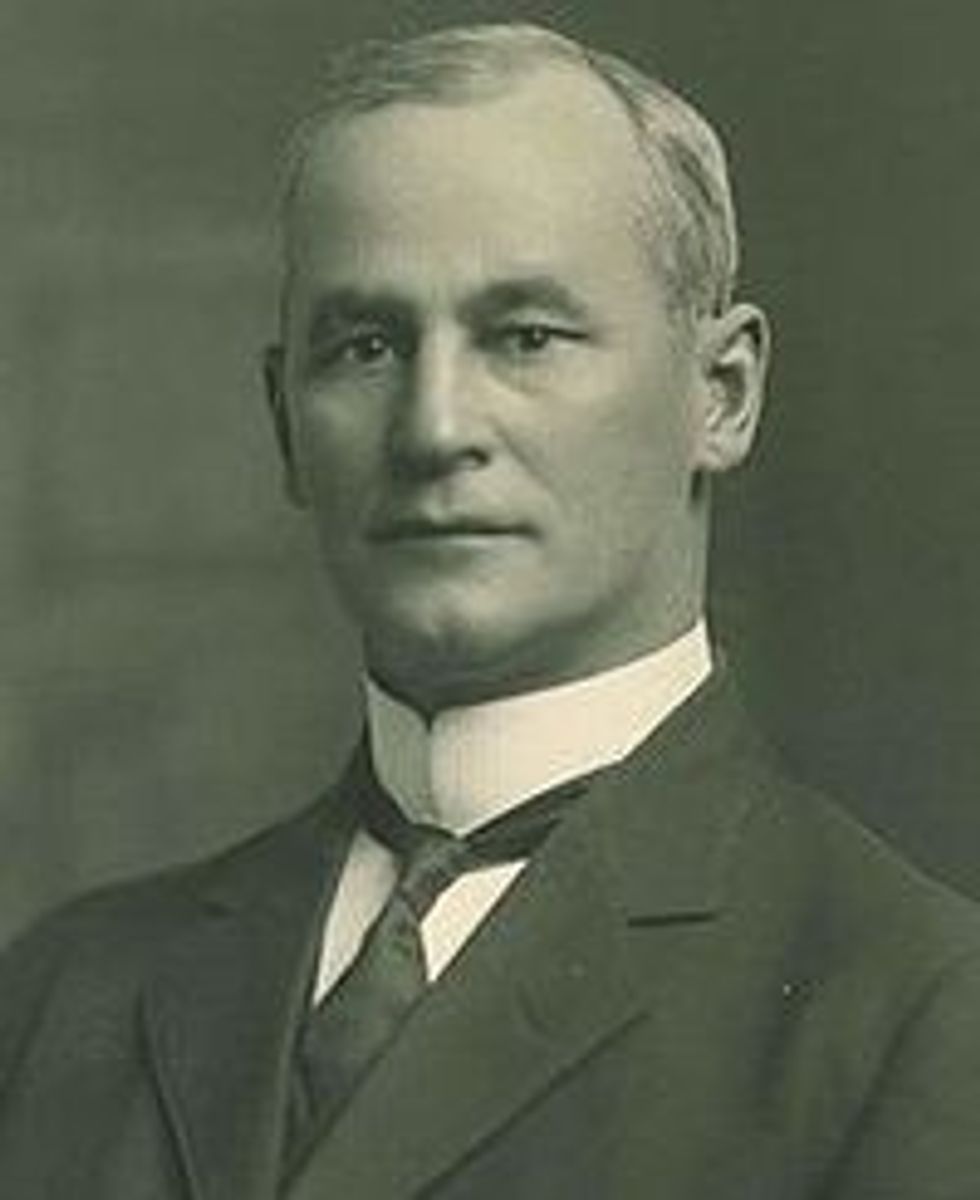
Weston purchased Bowen’s bakery and began to grow his empire. In 1897, he opened Model Bakery Company Limited on Soho Street, where he and wife Emma Maud Weston lived in a small apartment above, allowing him to tend to the business whenever needed. The bakery produced 3,200 loaves daily and eventually grew production to over 6,000 loaves.
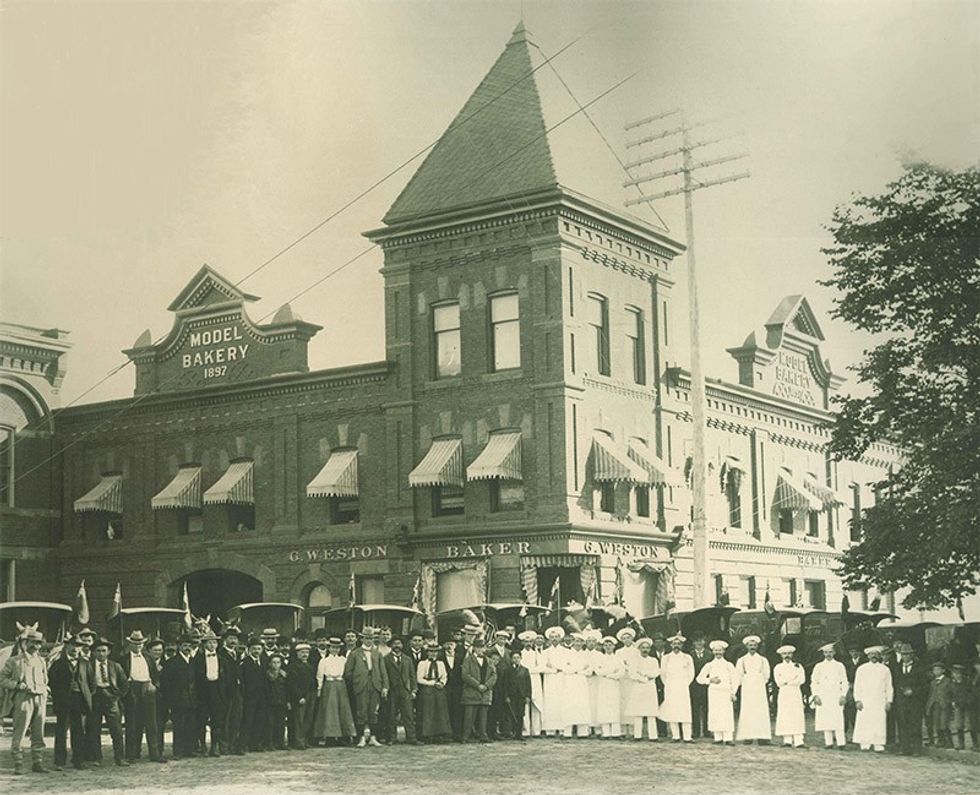
From 1910 to 1914 he served as Alderman for Ward 4 in Toronto and ran as “the businessman’s candidate.” However, his stint in office didn’t slow him in building his legacy.
In 1911, he joined other bread manufacturers to create the firm Canada Bread Limited where he became the director. As part of the transaction, Weston sold his Model Bakery and was banned from making bread for a 10-year term. This presented the opportunity to grow the Weston portfolio.
READ: What a $3M Lakeside Home in Downtown Peterborough Looks Like
A year prior, he opened Weston Biscuit Factory on the corner of Richmond Street West and Peter Street, a building which still stands today housing Ricarda’s. The factory would make biscuits, cakes and other confections. When the 10-year ban on bread making lifted, he began making bread again and by this time his son, Garfield Weston, had joined him in the family business.
After the Weston’s
Weston died in 1924 and was buried at Mount Pleasant Cemetery. His wife lived at 469 Palmerston Boulevard until 1938. According to the City of Toronto Directories, Dr. Lionel Marks and Dr. Milton Raymers, among other physicians, moved into the property from 1939 to 1944 using the house as offices – a fate other houses would also experience.
In 1945, the directory noted the home was vacant, likely for its conversion from a single home to a multi-unit residence as the following year it was listed as apartments.
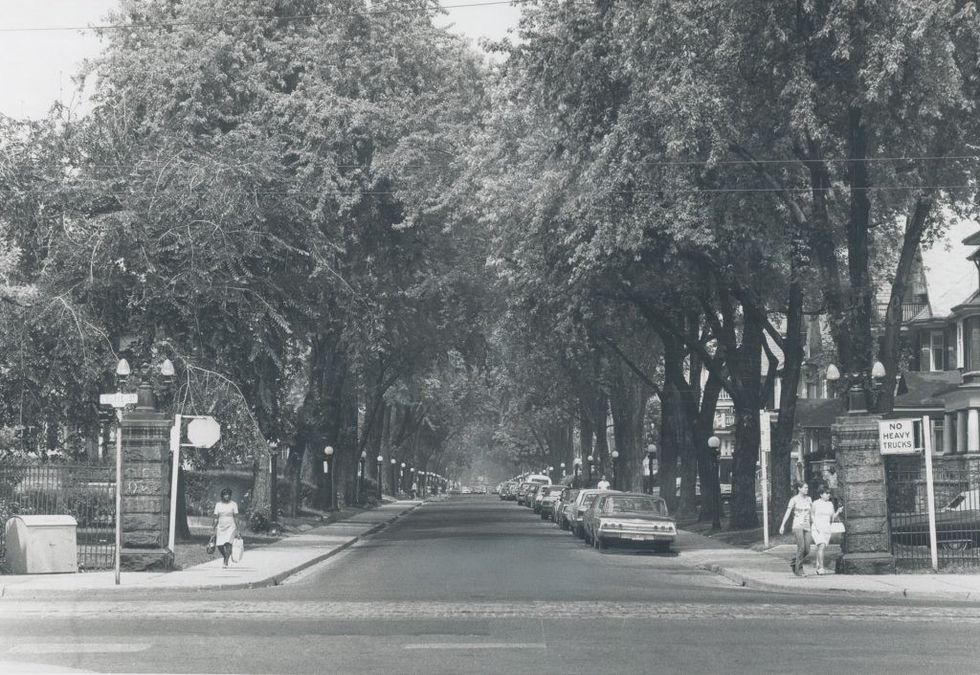
The transition to apartments was common with many properties to support the changing neighbourhood demographics and student population. Today, if you look at the front entranceways, you’ll likely see multiple mailboxes or doorbells as well as fire escapes installed on the side to bring the properties to code. The front façades are relatively intact and additions have mostly complimented the historic aspects, while the interiors have been gutted.
The George Weston House has had some notable changes. The second-floor balcony lost its original balusters and was painted red, with another balcony built above. Looking at rental listing, the interior has been changed, though fireplaces and stained glass windows remain to give it a historic charm. The coach house has also been divided into two units.
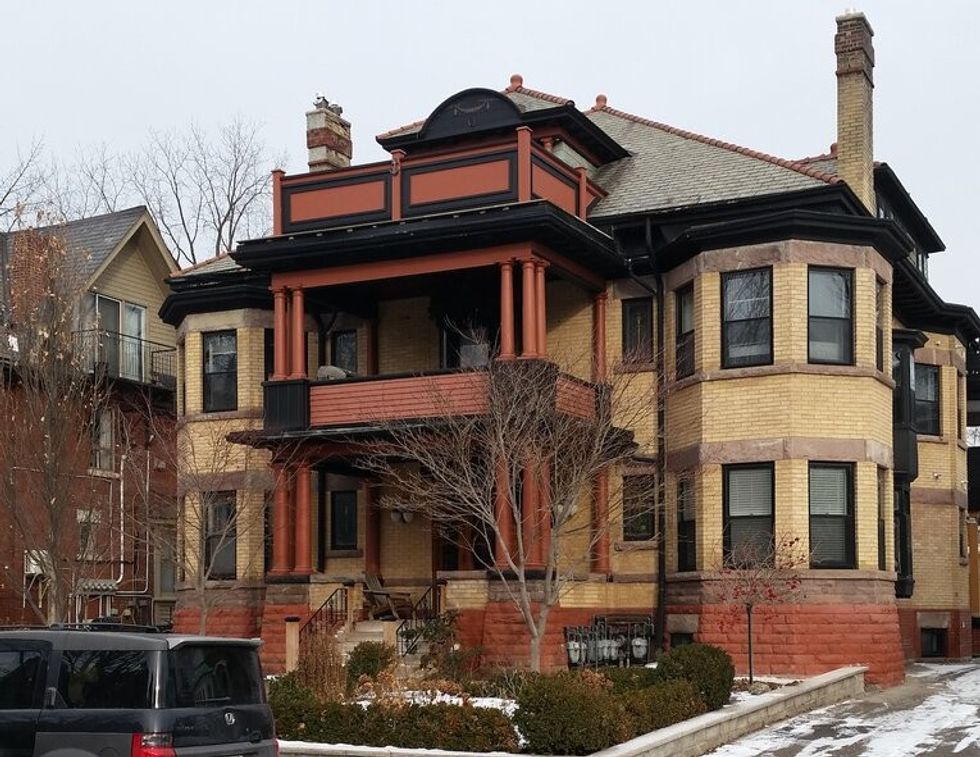
On the outside, the boulevard maintains an exclusive and lucrative feel. The Palmerston Gates stand guard, the tree canopy has grown to provide shade, and the majestic facades of the historic homes still welcome curiosity and intrigue for pedestrians.
The century-old lampposts continue to illuminate the street and are a rare sight in Toronto. In fact, they were once in jeopardy, touted as too expensive to maintain and not up to current lighting standards. Plans to remove and replace them with replicas almost came to fruition, but residents fought the idea and even former Mayor David Miller said, “There is no reason, for instance, that we should not preserve the century-old, cast-iron street lamps on Palmerston Boulevard – those lamps are about the history of this city, they are about beauty in public spaces.” The lamps were saved, but the glass globes were reportedly replaced with a plastic alternative.
When George Weston was building his empire, Palmerston Boulevard was nothing. As one of its earliest residents, the Weston’s situated themselves close to their biscuit factory and Toronto’s elite. While the Weston’s have moved on (as have most of the wealthy figures) and the area has transformed to welcome all classes, the allure of Palmerston Boulevard remains, giving Torontonians a rare step back in time.
